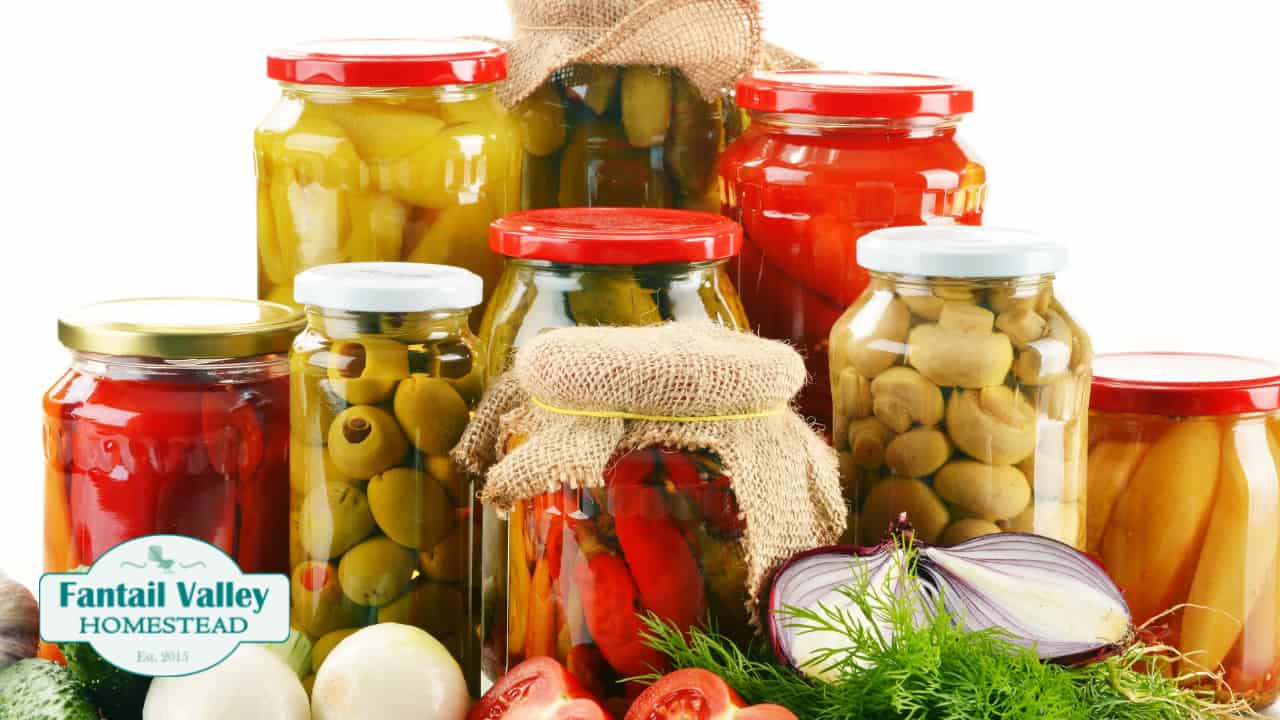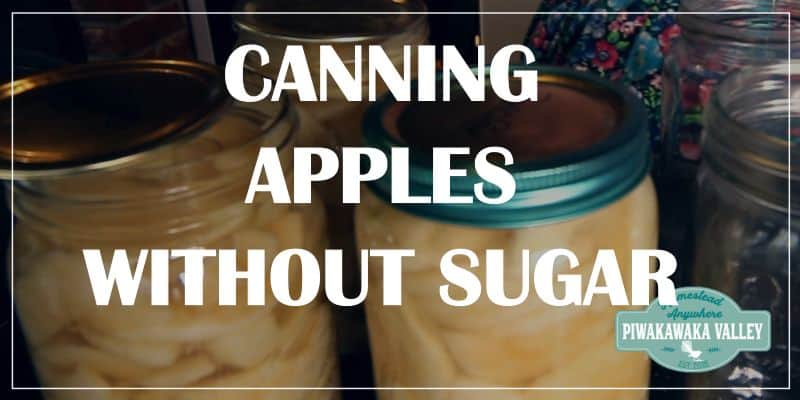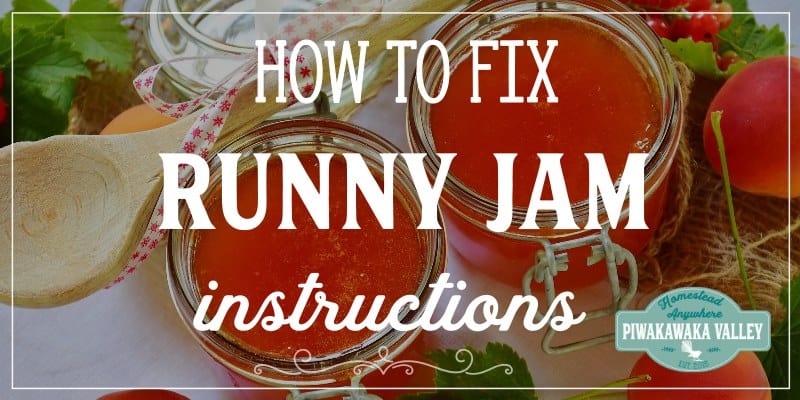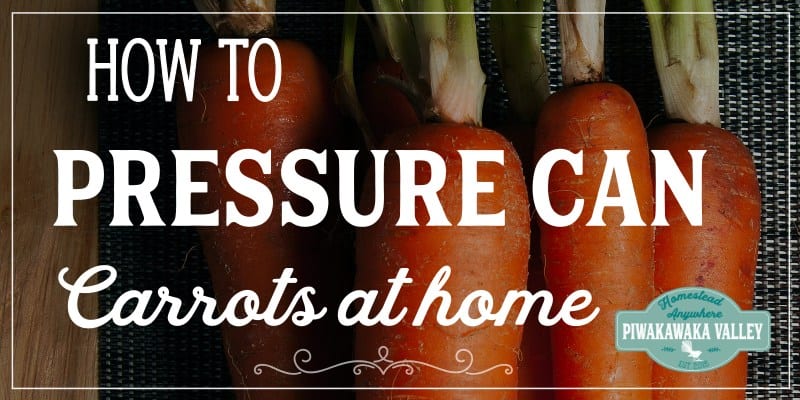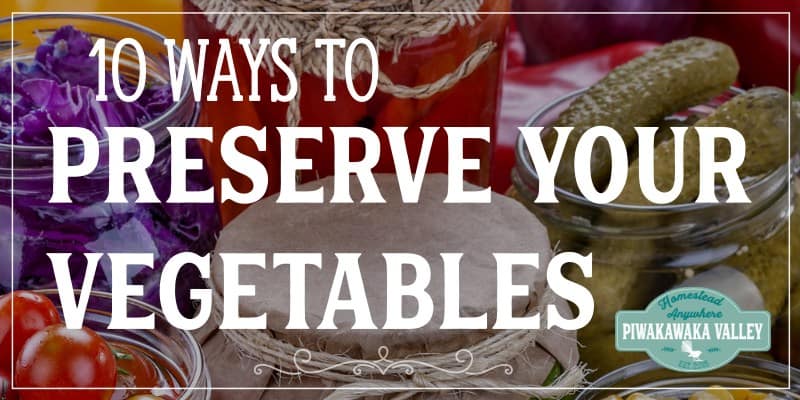This post was most recently updated on April 1st, 2021
Dehydrating vegetables from your garden has many benefits. Dehydrated vegetables do not lose their nutrient value, they don’t need kept cold and they take a up a lot less room than other methods of storing preserved food.
Please read: This information is provided for educational purposes only and is not intended to treat, diagnose or prevent any disease. We encourage you to make your own health care decisions in partnership with a qualified health care professional.
This post contains affiliate links, this means at no extra cost to you, we make a commission from sales. Please read our Disclosure Statement
The problem is, not all dehydrated foods are actually very nice. If you have even eaten re-hydrated carrots you will understand what I mean!
Dehydrated foods are great for camping, or as a prep in case the whole world falls apart for sure. But like all good prepper pantries, you have to rotate and use what you have, so it seems silly to store stuff you are going to regret eating.
RELATED: Dehydrating without a dehydrator
How to correctly dehydrate vegetables
Two important factors are necessary for real dehydration to take place – low heat and air circulation.
The heat will pull the moisture from your vegetables, and air circulation moves the moisture so that it can evaporate.
But what you don’t want is the heat so hot that it is really just over cooking your vegetables. The low temperature used in dehydrating vegetables helps to preserve nutrients.
Where you place your dehydrator is an important factor. Using it in a very damp basement, for example, will prevent proper drying.
The best dried vegetables have been picked at the peak of their ripeness. Freshly harvested from your garden is ideal.
You can use a fan forced oven to dehydrate vegetables if you can set the temperature low enough, and can jam the door open a tiny bit to let the humidity out.
The best option for dehydrating vegetables is using a dehydrator. Check out our dehydrator reviews here.
This is the dehydrator I have, and I love it.
Time and temperature requirements for drying vegetables
Generally vegetables are dried at 125°F/52°C, but this does vary in some instances. Large, very wet soft things are usually dried cooler for longer.
What you don’t want to do is dry the outside to rock hard while the inside is still gooey as those will just spoil.
You want to aim for a consistent dry all the way through.
The amount of time is probably the bit that varies the most. In more humid areas it will take longer. And if your pieces are more moist, or thicker cut they will take longer as well.
Follow a recipe/your instruction manual, but also engage your brain, if something has done its time and it is still not dried, put it back on for another 3-5 hours and check it again.
Before you dry your vegetables get an idea of how many cups you are going to be drying. Once they are dry, measure them again.
This way you can work out how many dried cups = how many fresh cups.
10 fresh cups might make 2 1/2 dried cups.
2.5 / 10 = 1/4
So 1 cup of fresh = 1/4 cup dried in this instance.
Storage of dehydrated vegetables
When you dehydrate vegetables at home, you will need somewhere dry to store them.
Ideally, once they are finished in the dehydrator you will leave them for 24 hours to totally cool, and make sure no further moisture is present. This will show on the outside after about 24 hours of resting and cooling.
If your dried vegetables are actually still damp, pop them back in the dehydrator for a few more hours until properly dry.
Once your dried vegetables are properly cool, you can store them in a sealed container at room temperature.
I love using these flip top jars, they look amazing on my open shelving and they are super sturdy.
You can however re-use other glass jars, zip lock bags or my new favourite – silicone zip lock bags.
Make sure you label your dried vegetables with the date, what it is and how much to use – like 1/4 cup = 1 cup fresh.
List of vegetables to dehydrate – 10 that taste OK and how to use them
1. Mushrooms
Dehydrating mushrooms is one of my favorite ways of preserving them! I do a huge batch when they are cheap at the store or we manage to forage some.
Re-hydrated they add amazing flavour to soups, stews and chicken a la king.
I usually slice them in the food processor and dry them on 50C for 8 hours.
2. Peppers
Chilli peppers are best stored dehydrated. Usually your chilli will put out a huge number of chillies over the summer.
Dehydrate chillis whole until dried.
You can store them whole, or blitz them in a food processor and make your own chilli powder.
3. Cucumber
I NEVER would have thought about dehydrating cucumber until I found this recipe for cucumber chips!
I have plans for some of the cukes growing in my tunnel house!!
4. Peas
Dehydrated peas can be added to soups, you can make pease porridge (don’t knock it till you have tried it!) or you can coat them in spices and eat them as a high protein snack.
5. Kale
I have previously dehydrated massive volumes of kale in the oven successfully before, but it is better preserved with an actual dehydrator due to the lower temperatures.
Once I removed the hard dried stalks, I put the leaves in my food processor and made our own super greens powder.
A tablespoon or two in soups and stews adds all the nutrients of fresh kale year round.
6. Other greens
Like kale, you can dry other dark leafy greens – spinach and swiss chard come to mind. Use in the same way as the kale.
7. Beans
Both green beans, and bean kernels can be dehydrated in the dehydrator and stored for later use. Believe it or not, green beans make a very good snack! Try this recipe.
8. Tomato
Other than canning to make passata, dried tomatoes, or semi dried tomatoes are my fave. I use the totally dried tomatoes for longer dried storage in soups, stews and casseroles.
RELATED: Pressure canning soups and vegetables
The semi dried tomatoes I store in olive oil in the fridge with some thyme and garlic. These are amazing in an antipasto platter.
9. Onion
Last year I got a reaaaallly good deal buying 15kg (30lb) of onions. Nobody needs that many onions guys. So other than canning a few batches of french onion soup, the rest of them I dehydrated and made onion powder!
10. Garlic
Garlic powder, garlic salt and garlic chips are all within reach with dehydrated garlic slices. Also you can throw them in to pretty much anything you are cooking.
I love the Ball canning book recipes and instructions combined with my own canners recipe book.



